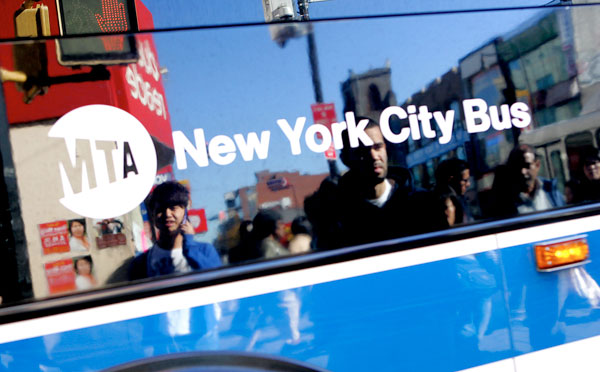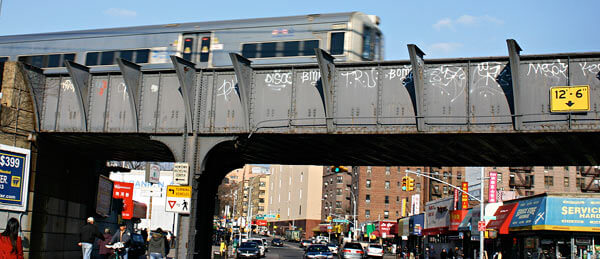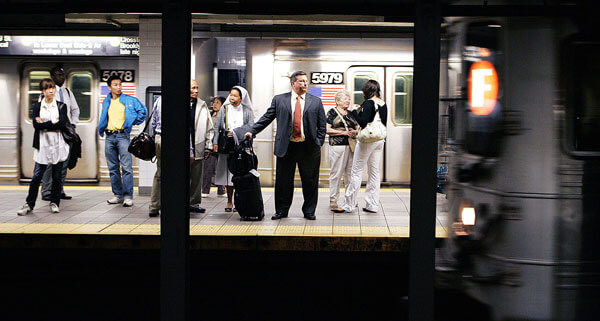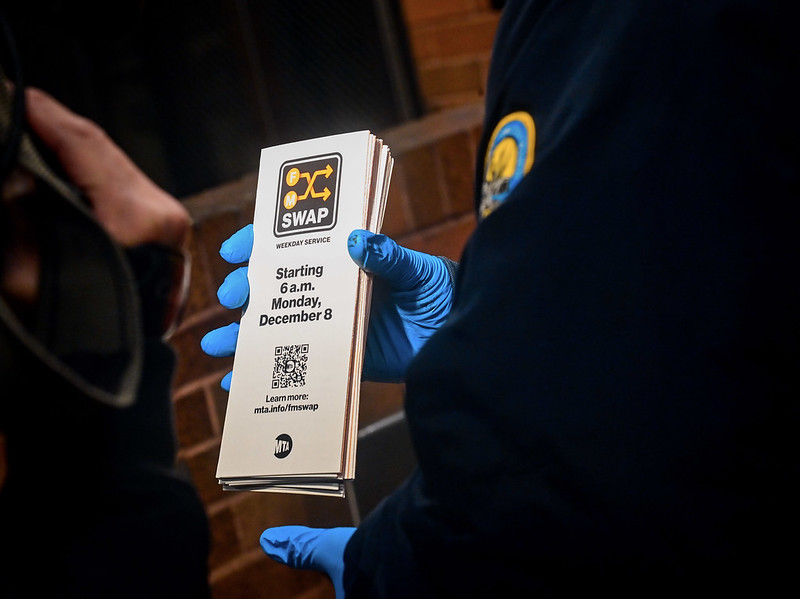By Rich Bockmann
The MTA’s Queens Boulevard subway line is the second-most congested in the city, and the agency plans to address borough straphangers’ blues by investing in a 21st-century switching system and considering other solutions such as enhanced bus service and upgrades to nearby Long Island Rail Road stations.
The subway corridor that carries the E, F, M and R trains is second only to the Lexington Avenue line in terms of overcrowding, and planned developments in Long Island City and downtown Jamaica only promise to exacerbate the problem.
Add to that projected growth at the end of the No. 7 line in Flushing, and northern Queens is one of four hot spots the Metropolitan Transportation Authority identified in its 20-year evaluation where demand will exceed operating capacity unless improvements are made.
The agency’s $106 billion 20-year Capital Assessment report lays the foundation to roll out a communication-based switching system on the western end of the Queens Boulevard corridor.
“Currently available on the L line and being installed on the 7 line, CBTC will allow more frequent train service on crowded corridors such as the Queens Blvd. line,” the report read.
The assessment, conducted every five years, does not commit funding to projects, but it serves as the guideline for the agency’s five-year capital plan.
The MTA said it will also consider other projects off the subway line that could relieve congestion underground. One of the ideas is select bus service, a system of dedicated bus lanes that makes travel much faster and more reliable than on conventional buses. It takes about 38 minutes to ride the E Train from Jamaica to midtown Manhattan, but to ride a bus from Jamaica to Flushing — a trip about half the distance — takes 40 minutes.
“Many riders may have destinations within the borough that could be better served by enhanced bus services … augmenting capacity on clogged subway lines,” the report read.
Gene Russianoff of the New York Public Research’s Straphangers’ Campaign, however, said he would have preferred to see the assessment give more concrete plans for the special bus service.
“Right now the Needs Assessment is way too vague on the fate of this promising expansion and improvement of bus service,” he said.
Improvements along LIRR lines, including the construction of a new station in Elmhurst, could help relieve crowding on Queens subways, according to the MTA’s report.
“In response to significant population increases in Queens, the LIRR would be in a position to serve a newly re-opened station in Elmhurst, on the Port Washington branch,” the report said.
The 148-page assessment said lengthening station platforms at Kew Gardens and Forest Hills, which are currently long enough for only four cars, would also shorten the length of time trains have to wait at the stations.
Reach reporter Rich Bockmann by e-mail at rbockmann@cnglocal.com or by phone at 718-260-4574.





































